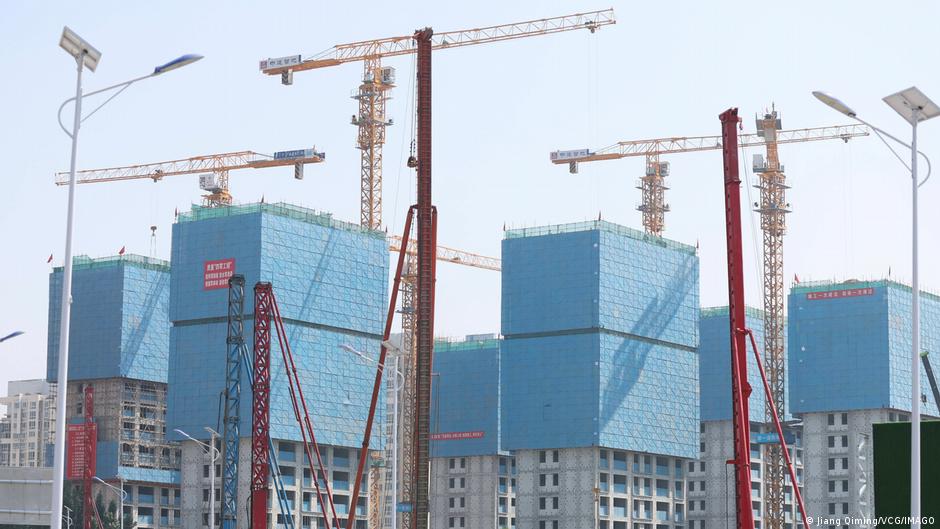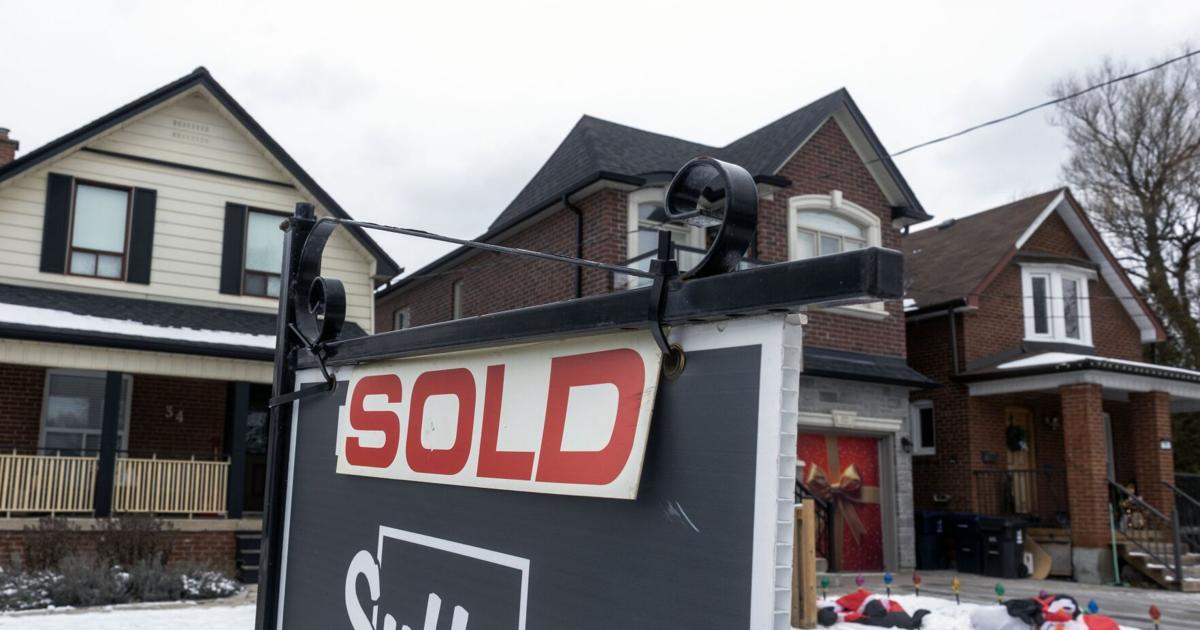T
he Ministry of Finance (MoF) has proposed two methods for taxing real estate transactions: a 20 per cent tax on taxable income or a 2 per cent tax rate on the total transfer price. The choice between these options depends on the accuracy of data related to real estate transfers, with the 20 per cent tax applied when purchase prices and costs can be determined and the 2 per cent tax used otherwise.
According to Nguyen Van Dinh, chairman of Vietnam Association of Real Estate Brokers, determining input costs for a real estate transaction is complicated, especially for houses purchased decades ago. This could lead to sellers losing out on their actual profit if they cannot accurately calculate these costs.
Nguyen Ngoc Tinh, vice president of the Ho Chi Minh City Tax Consultants and Agents Association, suggested that imposing a 2 per cent tax on the total transfer value is more reasonable due to difficulties in collecting invoices for costs like travel expenses and notarisation fees. This method is also convenient and fast, determining tax obligations at the full tax rate.
Lawyer Hoang Van Ha from ARC Hanoi law firm pointed out that applying an additional 20 per cent tax rate on profits from real estate transactions could create another tax layer, overlapping with existing corporate income tax. Without a clear offset or exemption mechanism, businesses may be taxed twice on the same income, increasing input costs and affecting business strategy.
However, lawyer Tran Minh Cuong from the Ho Chi Minh City Bar Association argued that the 20 per cent tax rate on taxable income is "fair" for taxpayers, consistent with international practice and corporate income tax. He suggested implementing this method in the long term but proposed using one of the two options proposed by the MoF in the short term to encourage people to store more complete and transparent transaction records.
The MoF affirmed that its database can check the transaction history of land plots and taxpayers since 2018, but transfer prices on contracts are often not correct with actual market prices. Some transferred real estate has undergone no transactions for years or was inherited or donated, making it difficult to determine their value.
Both proposed personal income tax methods have merits depending on the market context and government data management capacity. The 20 per cent tax on capital gain is suitable when tax authorities have a transparent and accurate database of property purchase prices and related costs, but this requires a well-functioning data infrastructure and strong enforcement capabilities.
On the other hand, the flat 2 per cent tax on total transfer value is simpler to implement and aligns with the current state of the real estate market. However, this method may not accurately reflect actual income from sales and could unfairly burden those with minimal or no real profit.
Given Vietnam's property market is in a slow recovery phase, the 2 per cent tax seems more pragmatic for now as it avoids placing additional financial pressure on buyers and businesses. While the 20 per cent capital gains tax may be theoretically fairer, its implementation risks increasing transaction costs and could dampen investor interest.
Challenges associated with the 20 per cent approach include difficulties in accurately determining acquisition costs and related expenses due to inconsistent data across different agencies. This could lead to higher compliance costs, while end-users and small-scale investors might bear a disproportionate tax burden, potentially deterring participation in the market.
The solution lies in building a transparent, interconnected real estate data system that integrates information across relevant agencies. A gradual implementation roadmap should also be considered, along with preferential policies for social housing transactions and first-time homebuyers to avoid market shocks and support long-term sustainable development.
Giang Huynh, director of Research Savills Ho Chi Minh City, believes the flat 2 per cent personal income tax on total real estate transfer value remains the more suitable solution under current market conditions. The alternative, a 20 per cent tax on capital gains, can only be effectively implemented if Vietnam has a robust, up-to-date real estate valuation system that accurately reflects market prices.
Until Vietnam's data systems and legal framework ensure transparency, accuracy, and public trust, maintaining the flat 2 per cent tax on total transfer value is a safer and more feasible approach. Implementing profit-based tax policies prematurely could introduce several risks: delays in tax declarations due to disagreement between buyers and sellers over taxable amounts, higher transaction risks, and heavier administrative burdens.
Dinh Minh Tuan, southern director Batdongsan.com.vn, suggests that while the 20 per cent approach appears logical, its implementation could pose significant challenges. For property investors, any increase in transaction-related costs will be passed directly onto the buyer, contributing to a further increase in housing prices. Even modest under-declarations at notarisation could lead to substantial tax losses for the state.
For genuine homebuyers, rising prices mean reduced accessibility to housing, especially for first-time buyers or low-income earners. Higher tax burdens may also discourage transactions, deepening housing inaccessibility and dampening market liquidity.
Vo Hong Thang, investment director DKRA Group, believes that if legitimate documentation can clearly substantiate the purchase price and incurred costs, then applying a 20 per cent tax on actual profits could benefit individual sellers in the property market. However, key implementation challenges remain, particularly in determining the original cost basis for properties acquired via inheritance or gifts.
Therefore, a clear framework is essential to ensure compliance and enforcement are improved. For example, mortgage interest should be considered deductible, land costs could reference official land price tables (to be applied from 2026), valuations from licensed appraisal firms, or construction costs based on annual guidelines issued by the Ministry of Construction.












